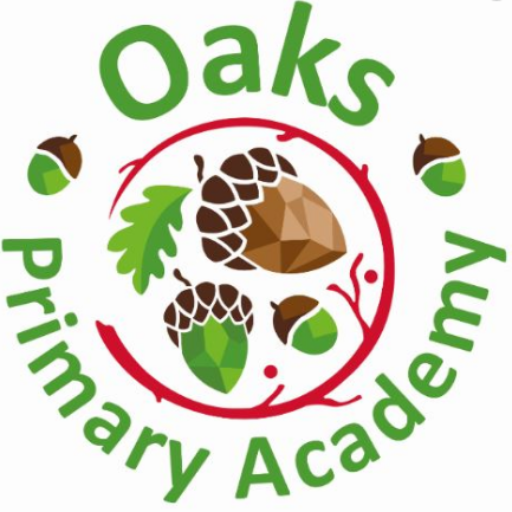The processes of conferencing and evaluation are embedded in all aspects of the OPA curriculum and are fully described in our Assessment and Conferencing Policy.
Conferencing is used in all learning and social contexts to promote agency, reflection, and self-regulation. It has become part of the fabric of learning at Oaks Primary Academy and inspired a shift in culture away from traditional marking and feedback to a more evidence-based, pupil-centred approach which now permeates all aspects of school life.
The delivery of the OPA curriculum is supported by rigorous and timely assessment practices. Assessment is used to move the learning of the children forward as well as to inform next steps in planning and delivery.
Conferencing is an integral part of all assessment practices. Conferencing can be adult led or child led. Skilled questioning and prompting is used to help children improve their existing learning as well as be better prepared for their future learning opportunities.
At OPA, we evidence children’s learning in a variety of ways which include, but are not limited to:
- Work in books
- Work on displays
- Pupil action or discussions
- Digital content production
As part of the IB programme, at OPA we use a SOLO taxonomy (Biggs & Collis 1982) to assess pupils’ understanding of concepts. This allows us to fully appreciate how well new concepts have been grasped and support children to deepen their understanding.
Children will work through the following layers of understanding:
- Uni-structural understanding of a concept, whereby learners understand a fact or piece of information about a concept.
- Multi-structural; whereby learners understand several facts or pieces of information about a subject
- Relational understanding; whereby learners are able to make connections between concepts and information they have learned
- Extended Abstract; whereby learners have such an understanding of a concept that they are able to generalise their learning and apply it to new concepts.


